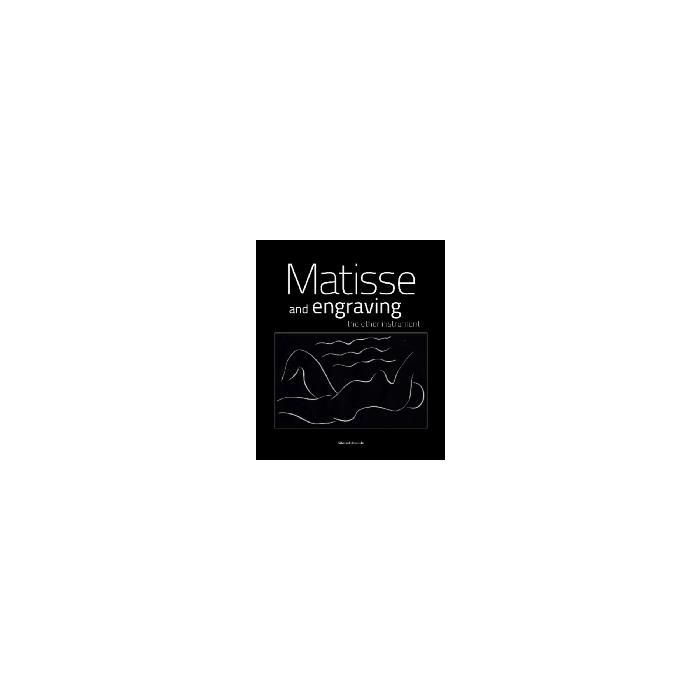My Cart
Your cart is empty
Looks like you haven't made your choice yet.
- Subtotal
Matisse and Engraving

The Other Instrument
- Silvana
- Expo: 17/10/2015 - 06/03/2016, Musée départemental Matisse, Le Cateau-Cambrésis
- by Edited by Patrice Deparpe
More Information
| Publisher | Silvana |
|---|---|
| ISBN | 9788836632459 |
| Author(s) | Edited by Patrice Deparpe |
| Publication date | December 2015 |
| Edition | Paperback with flaps |
| Dimensions | 280 x 240 mm |
| Illustrations | 250 col.ill. |
| Pages | 256 |
| Language(s) | Eng./Fr. ed. |
| Exhibition | Musée départemental Matisse, Le Cateau-Cambrésis |
| Publisher | ISBN 9788836632350 (Fr. cover) |
Description
Matisse and engraving: the other instrument, who other than Henri Matisse's daughter Marguerite could describe his engraving in this way? Responsible for validating her father's press-proofs, she is, along with her son Claude Duthuit, the author of the catalogue raisonné of his engravings. She has devoted a large part of her life to allowing this "unknown continent" to be discovered and which is nevertheless essential in understanding the progression of an artist known above all for his mastery of colour. The Matisse Departmental Museum, with the help of the Matisse family, and notably Barbara Duthuit, and some most prestigious institutions, explores in this catalogue all of the engraving techniques used by Matisse from 1900 and up to the end of his life. For him, engraving, drawing, painting, sculpture all had the same importance, and in this work all the key themes, which led him to build his research around the human figure, are represented. For the very first time the matrices (woodcut, lithograph, drypoint, etching, linocut...) accompany the works and help us to understand that high standards and hard work, along with an economy of means, led Matisse to transform black into a colour that he used to serve the purity of line.

Matisse and Engraving
